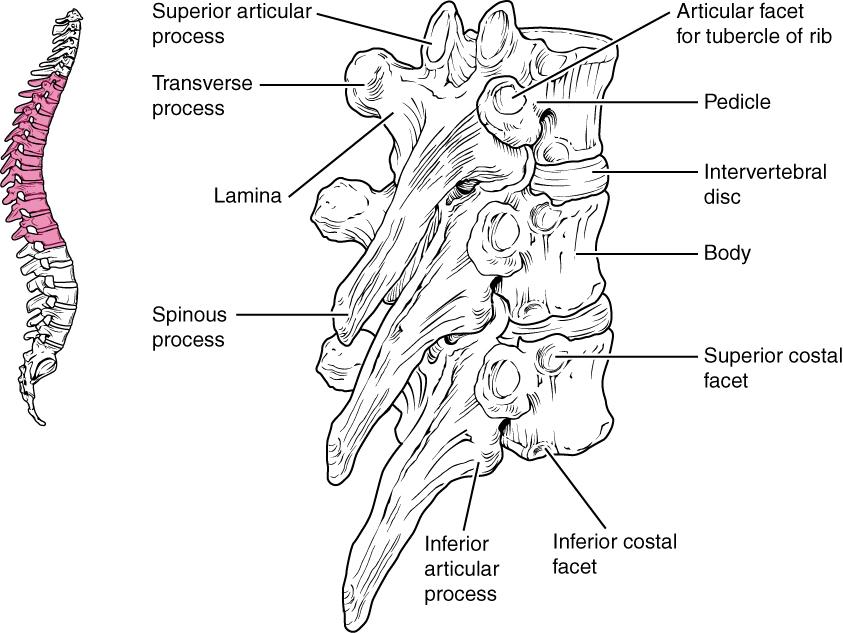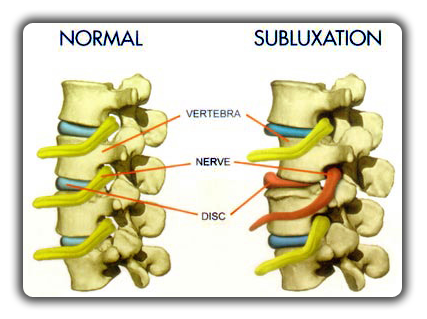Spinal Health and Yoga: The Secret to Youthful Living
You are as old as your spine is! A well-known saying in the world of yoga. But what does it mean? It talks about our biological age, not chronological. Your age might be 40, but your spine can show your age as 30 or 50.
The Significance of Your Spine
Why does the spine matter? Consider this – “The major evolutionary advancement of man over the rest of the animal world began with his assumption of the erect posture.” Only after this could he use his limbs in many new ways.
Our daily activities involve movement of the spine in different ways, including bending forward (forward flexion), bending backward (extension), bending sideways (lateral flexion), and twisting (rotation). A certain degree of flexibility is required to carry out these actions safely.
Apart from flexibility, another crucial aspect is the connection between the spine and the nervous system. Your nervous system controls and coordinates every function of your body. It is your nervous system that allows you to adapt to your environment. A large portion of your nervous system passes through your spine. Your spinal cord acts as the major cable exiting your brain, traveling down your spinal column, and branching off into spinal nerves at various levels of your spine. These spinal nerves then exit between individual spinal vertebrae and go to various parts of your body. For good health, it is essential that your nervous system functions properly and free from any interference.
The Consequences of Spinal Misalignment
When spinal bones are not in their proper place, the openings between them can narrow. The vertebrae can impinge on the nerves branching out from these spaces. This is commonly, though inaccurately, known as a “pinched nerve.” This interferes with the normal flow of energy along the nerve fibers. Messages traveling along the nerves will be distorted. If the full, normal energy flow cannot pass to and from the brain, some parts of the body will be adversely affected. Subluxations can cause interference in the nervous system at any point along the spine where the nerves exit. This can adversely affect the function of various parts of your body, and ultimately your health.
So, maintaining spinal alignment and flexibility is essential for good health.
Credit: https://dallaswellnesscenter.com/2017/06/15/subluxation-its-effects/
Achieving Spinal Alignment and Flexibility with Yoga
How do we achieve spinal alignment and flexibility?
- Yoga helps to align the curvature of the spine, maintain the full range of spinal movements through flexibility, and relieve the pressure on nerves emerging between two vertebrae.
- All Yogasanas perform some action on the spine, in addition to their other individual actions and applications.
- Twisting postures like Matsyendrasana and its variation, Ardha Matsyendrasana, are Asanas that involve complete rotational movement of the entire vertebral column.
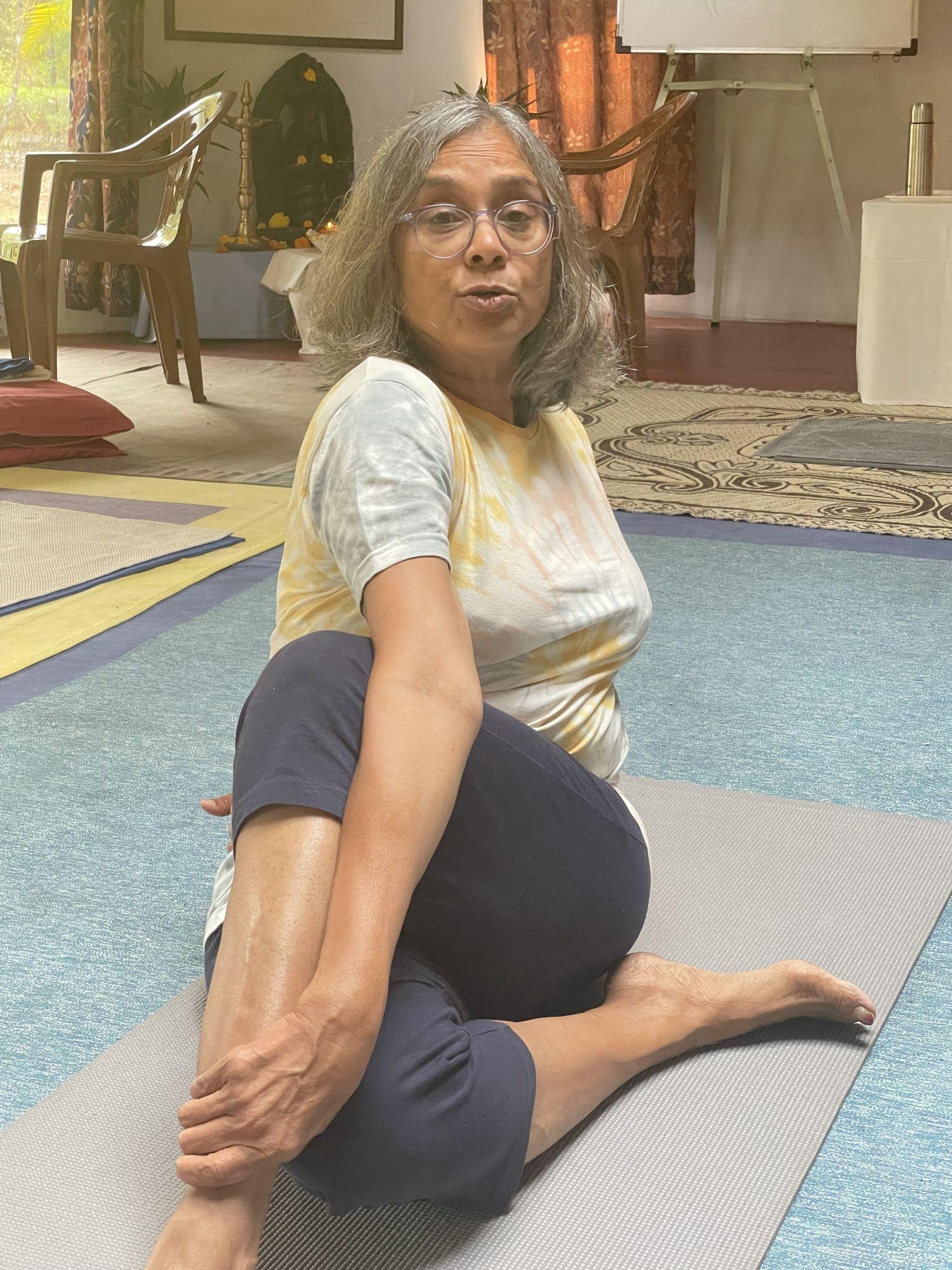
(Ardha Matsyendrasana)
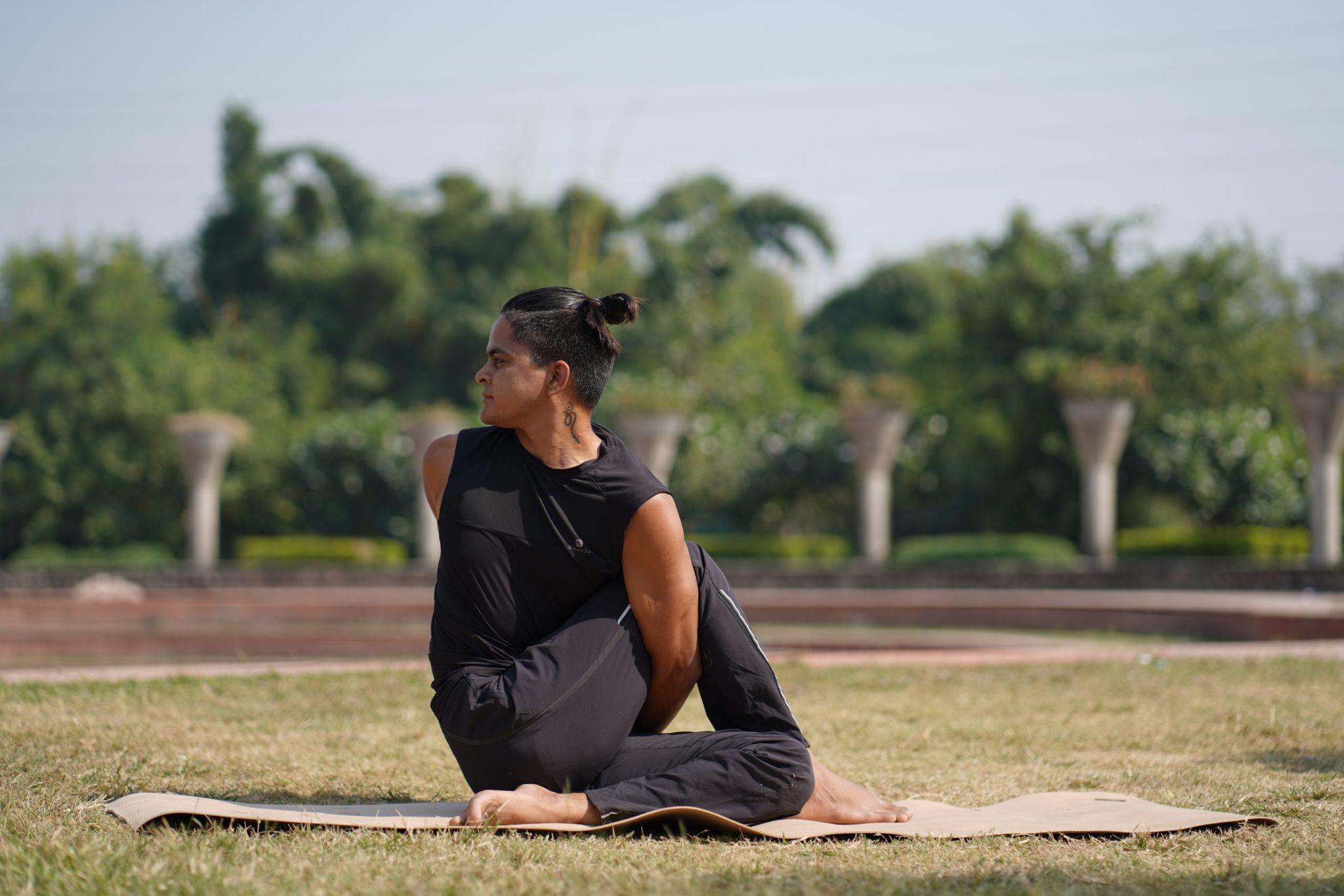
(Matsyendrasana)
Yoga effectively arrests or alleviates conditions like cervical spondylosis by simple postures such as Bhujangasana and Setubandhasana.
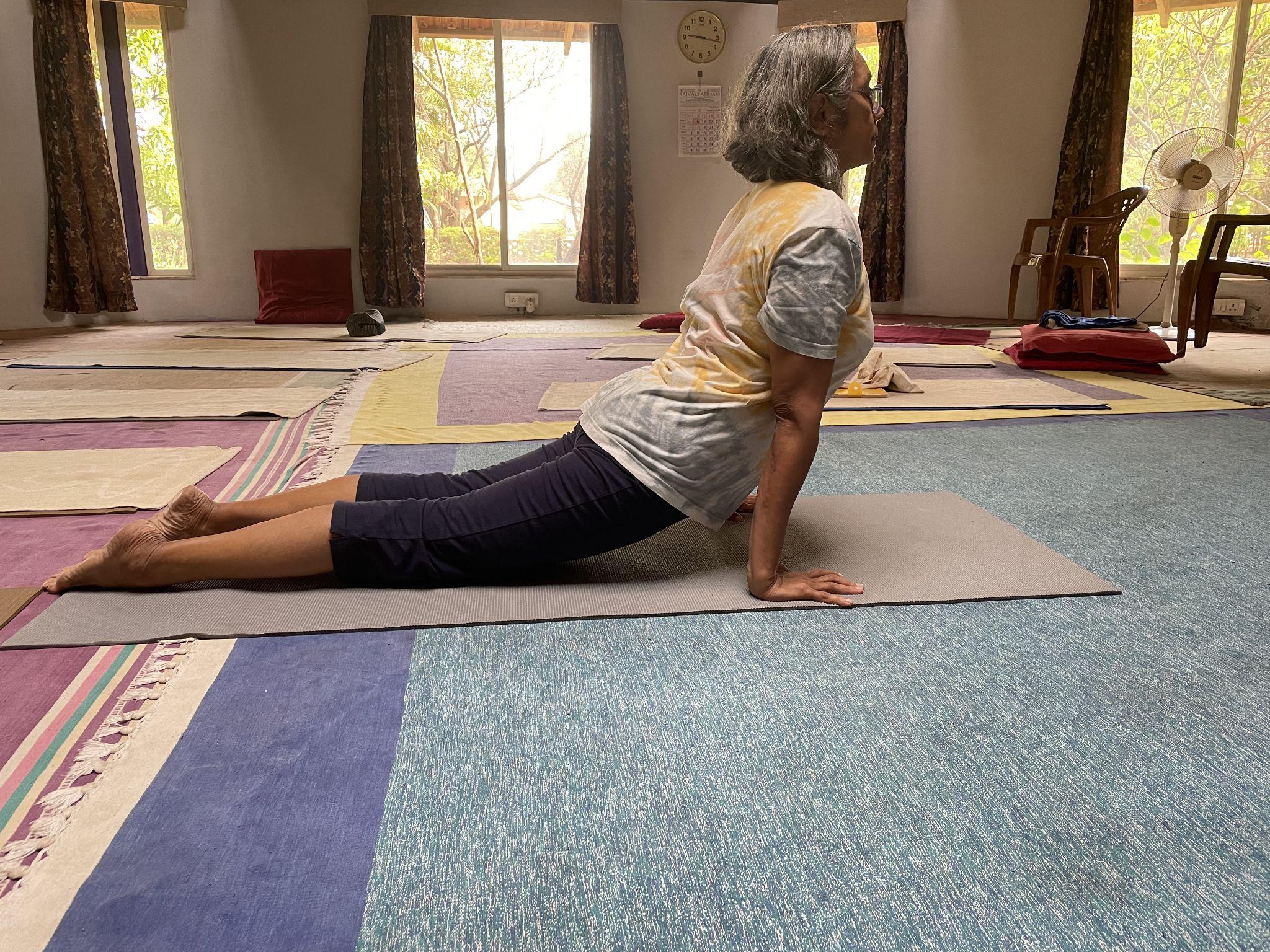
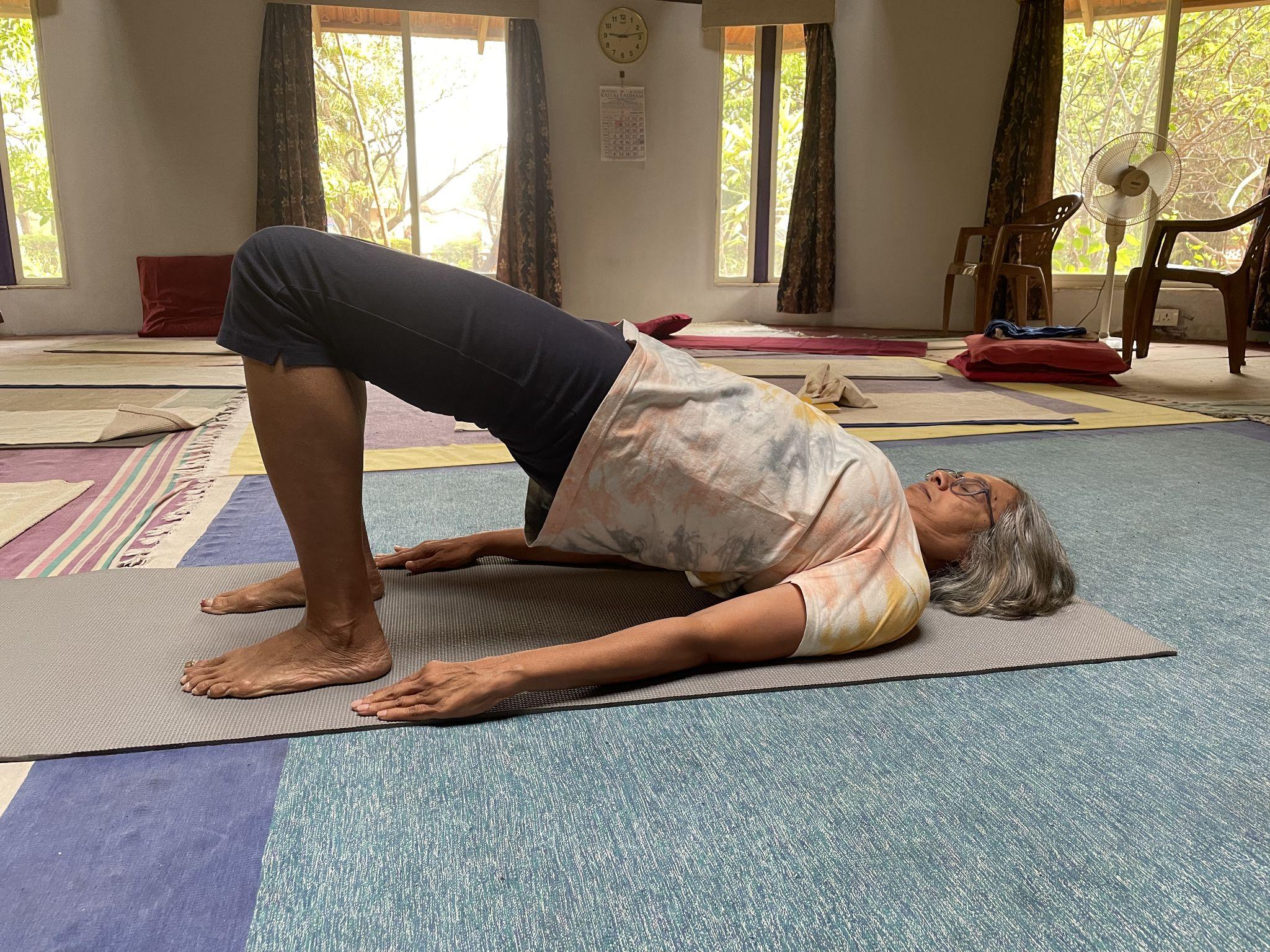
(Setubandhasana)
- The forward, backward, and sideward bending Asanas mobilize the inter-vertebral joints, develop the supporting musculature of the spine, strengthen the ligaments, and massage the nerves and blood vessels. This is essential if proper spinal health is to be maintained, especially in middle and later life.
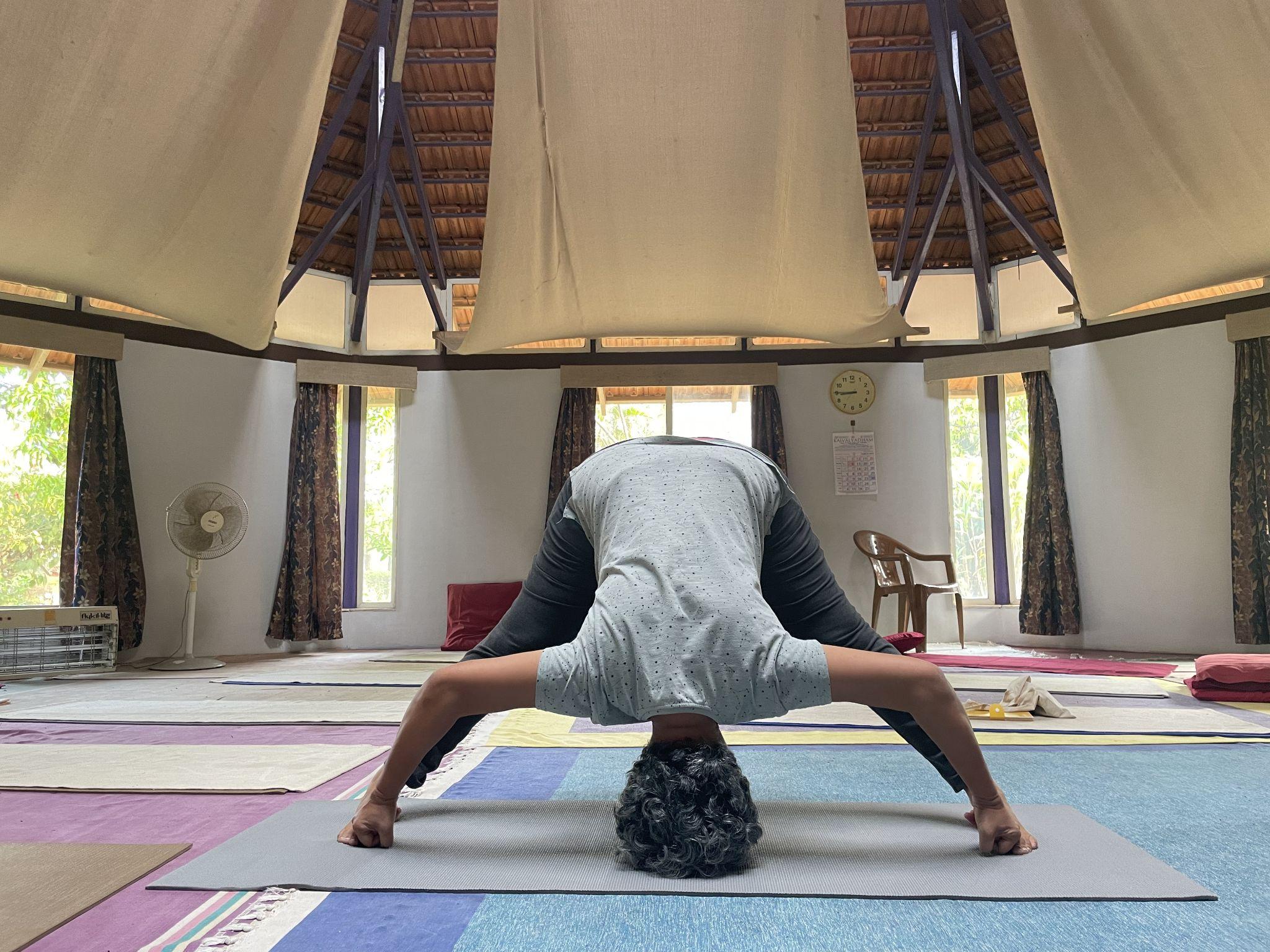
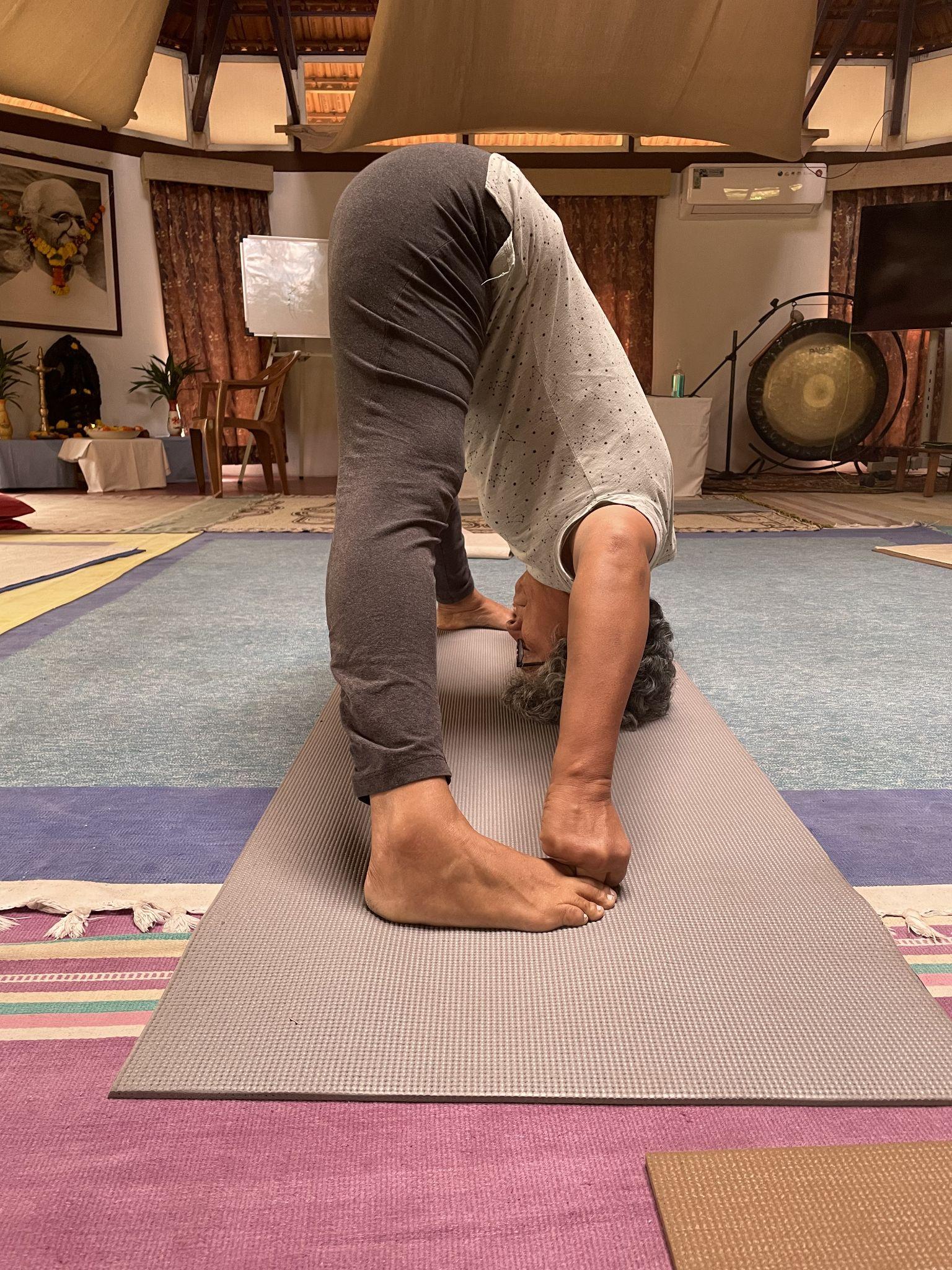
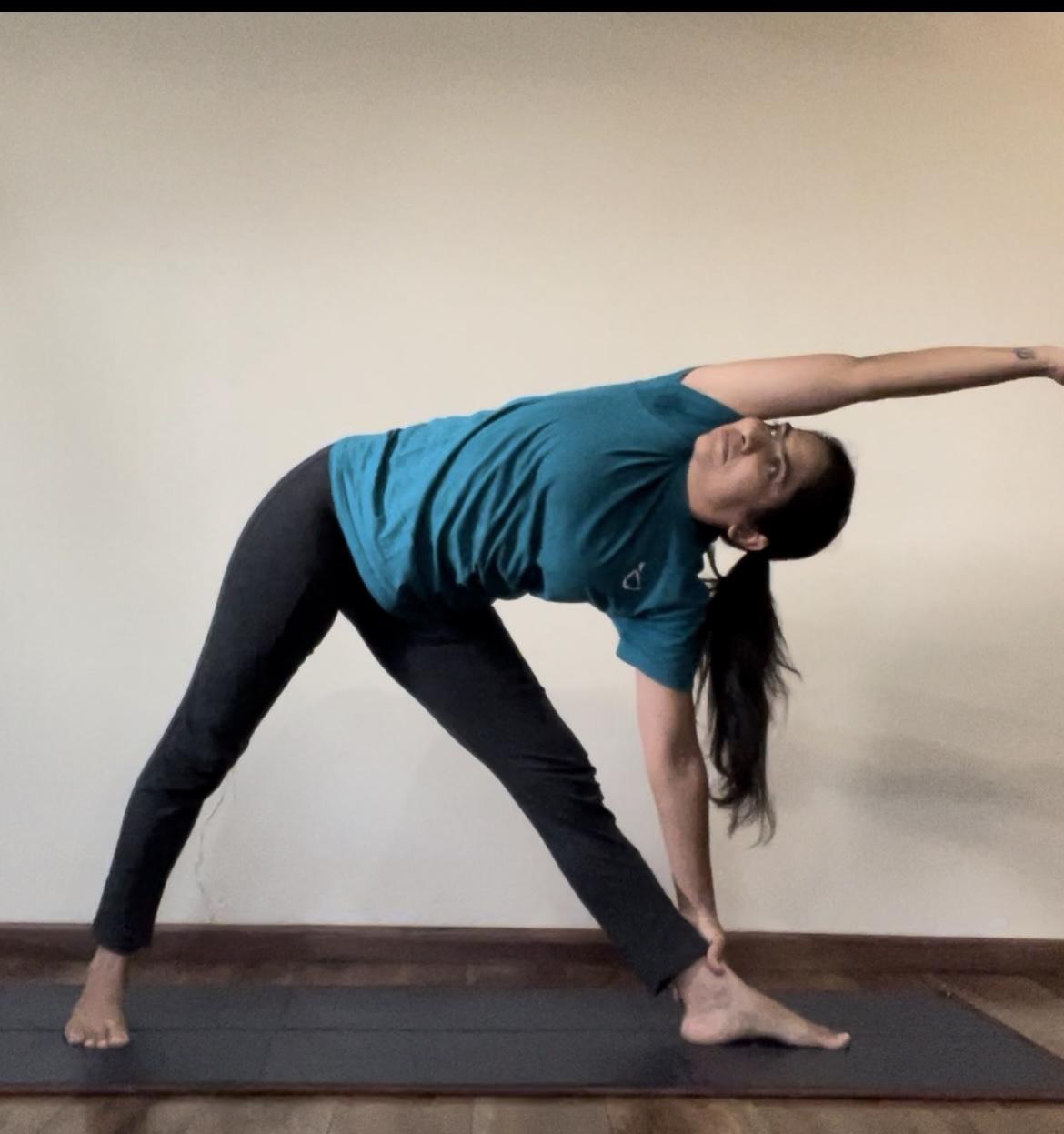
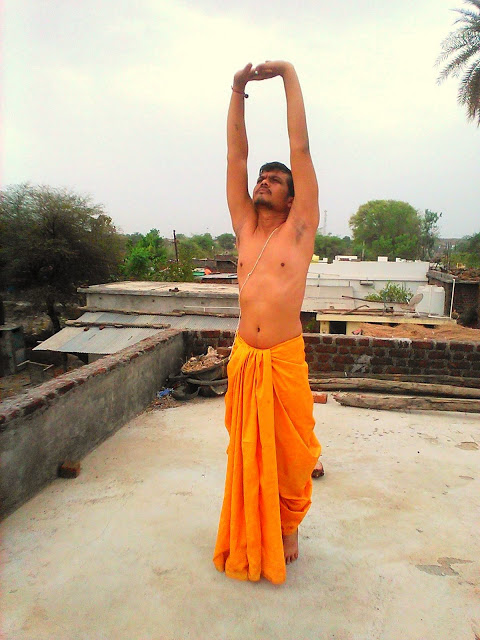
- Because this development and maintenance occur equally on each side, the possibility of unequal tension on the spine is reduced. In the so-called ‘slipped disc syndrome,’ the backward bending Asanas of the lower spine, e.g., Shalabhasana, Ushtrasana, Dhanurasana, and Bhujangasana are akin to the extension exercises prescribed by physiotherapists.
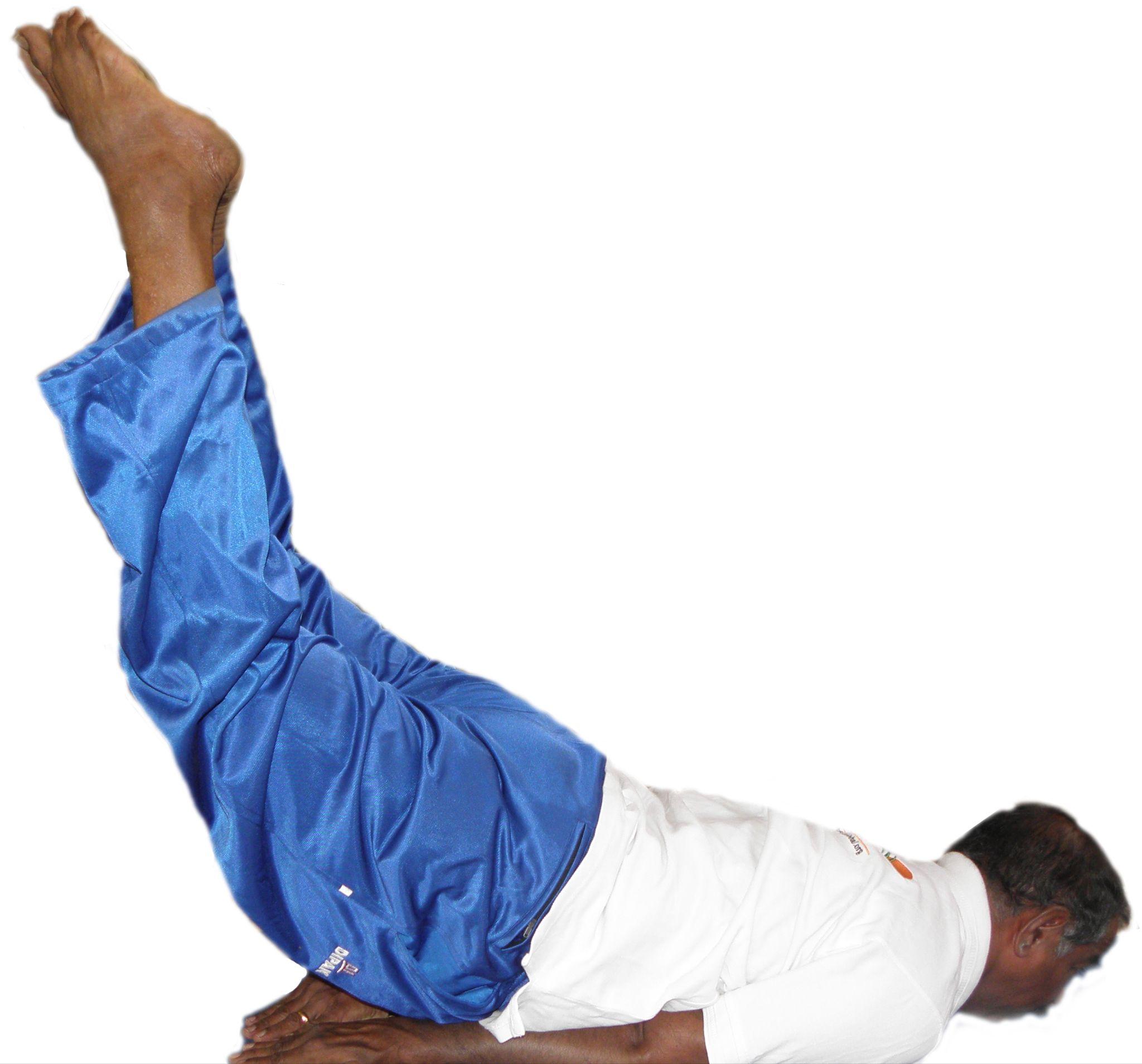
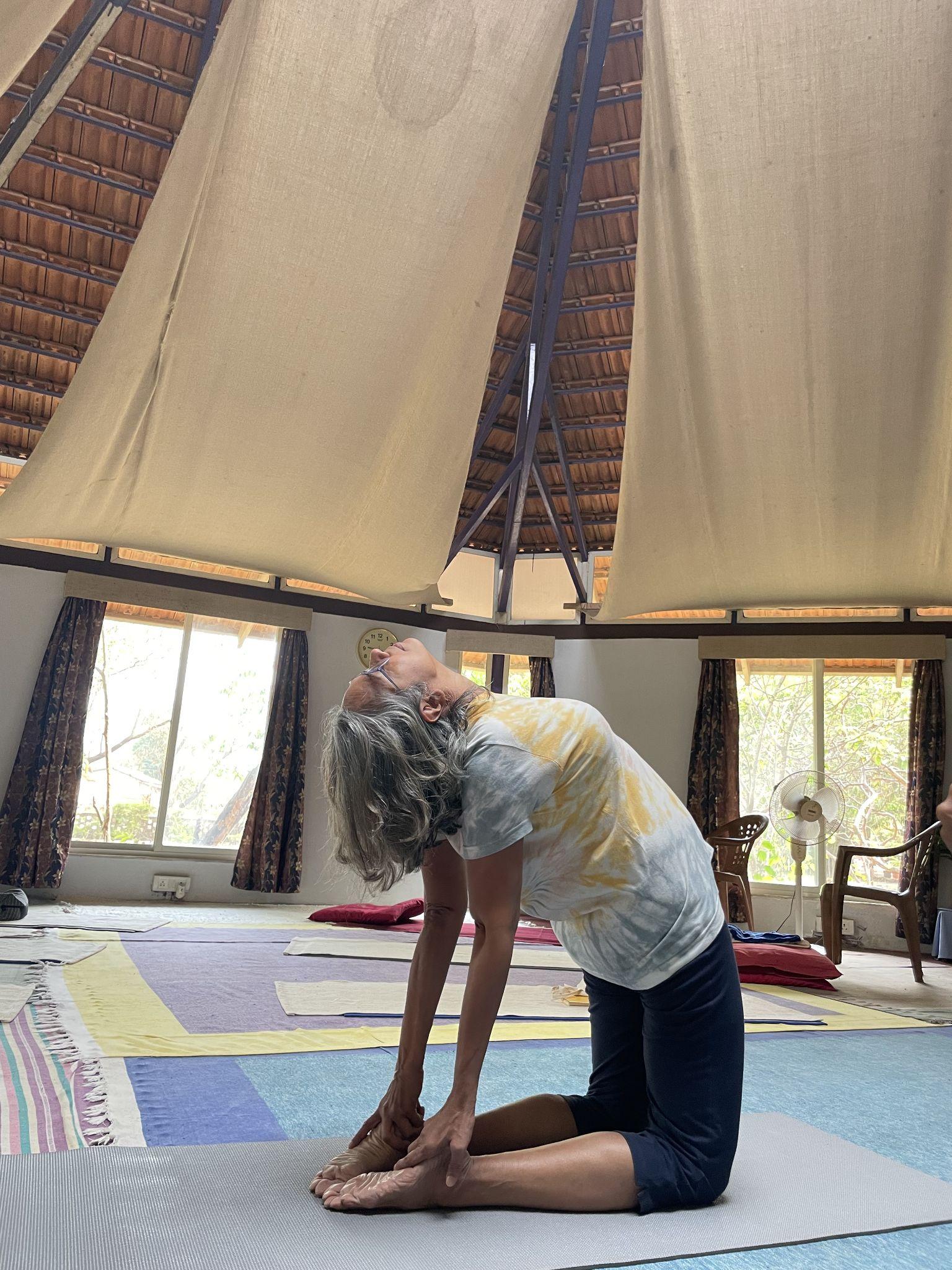
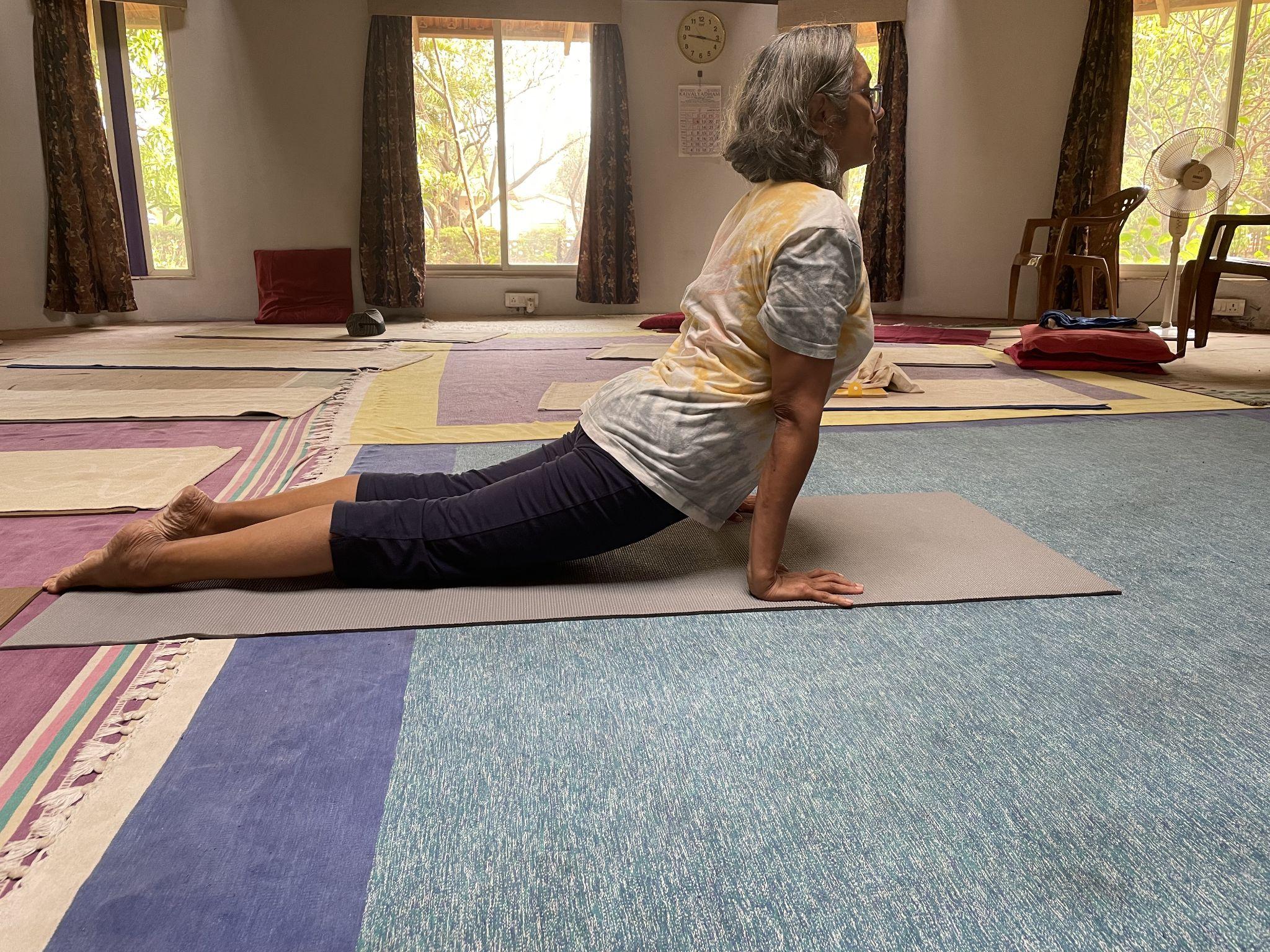
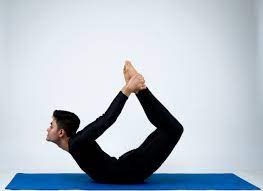
- Tadasana stretches the spinal ligaments, relieves pressure on the inter-vertebral discs, and lessens wear and tear. Similarly, the inverted asanas (Sirshasana, Sarvangasana, Vipareetkarani mudra), where the body weight is brought to bear on the lumbar vertebrae, change the pressure points on the back. This reduces strain on the lower back.
- Shavasana relaxes the entire musculature.
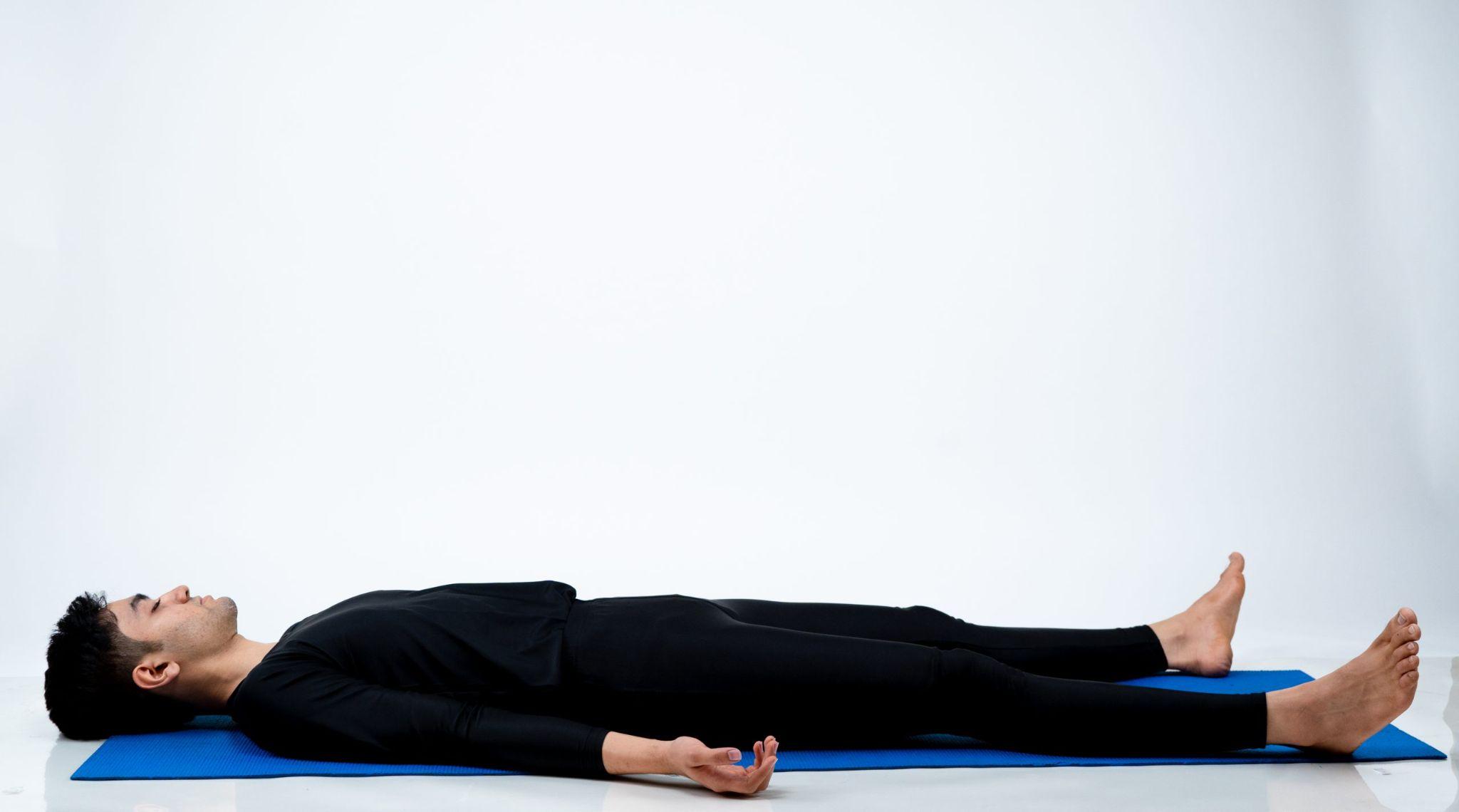
- In fact, over 80% (4 in 5) of all cases of backache are due to causes which can be prevented or alleviated by simple yogic methods.
If we spend a little time every day, practicing Yogasanas suitable to our needs, we can help ourselves become champions of living. You’ll be surprised how young you feel as you maintain the suppleness and health of your spine.



